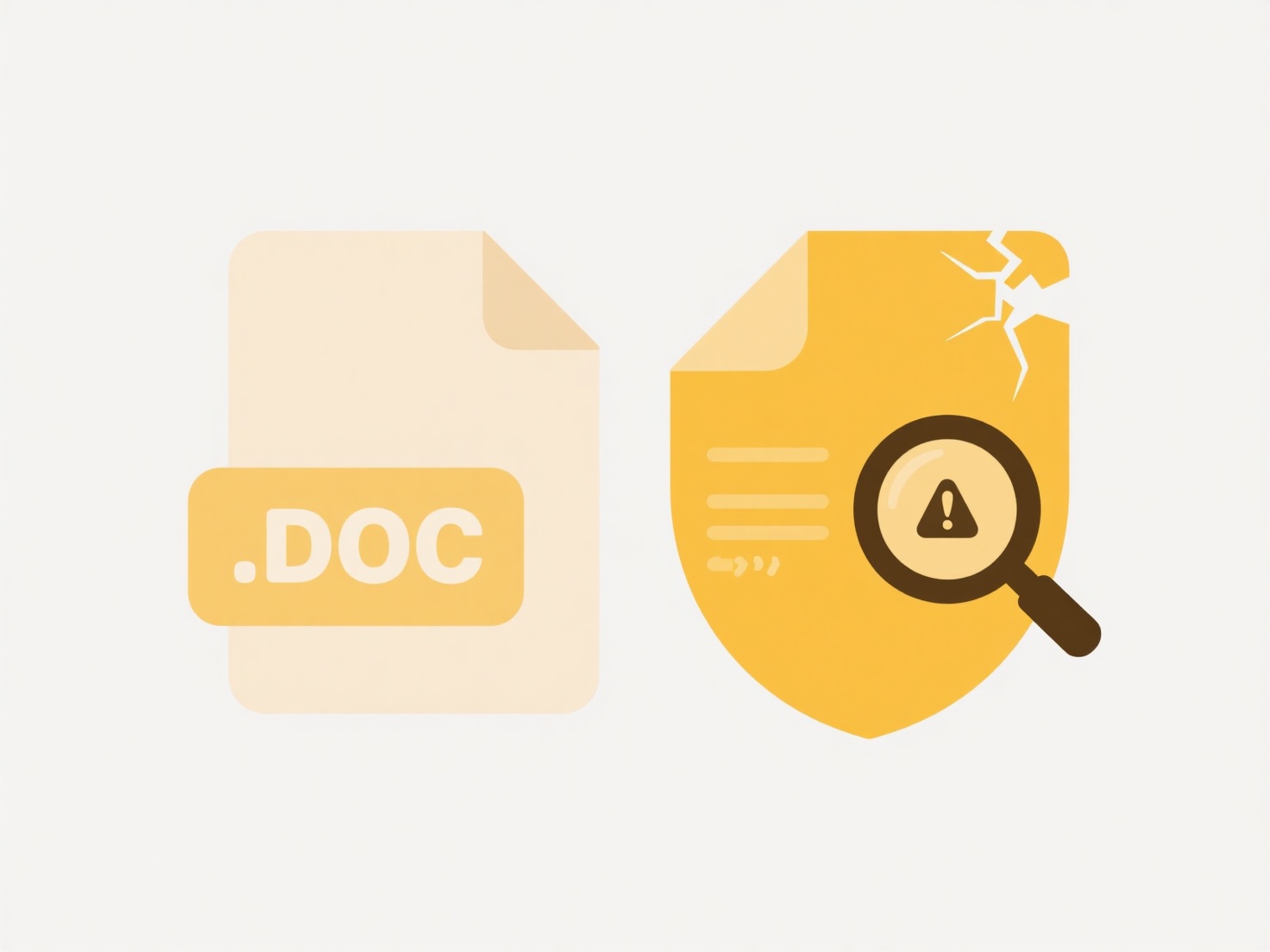
Test report naming standards refer to consistent conventions for labeling test execution results or quality artifacts. These naming rules differ from generic file naming through structured approaches that include critical context like test phase, scope, project ID, version, date, or execution environment. This ensures unambiguous identification across teams and versions.
For example, nightly automated testing reports in software development might follow "ProjectX_SmokeTests_WebBuild_20240510.pdf". Exploratory test logs in manufacturing could use "QA_Protocol_123_MCC_MachineTests_20240510_Rev01" to include device IDs, dates, and revisions. Platforms like JIRA or Azure DevOps often incorporate identifiers automatically in exported reports.

Key advantages are efficient searching, version tracking, audit compliance, and traceability to requirements. However, rigid conventions require team buy-in; deviations risk misplacement or duplication. Future tools may integrate AI auto-tagging, but clarity in shared repositories remains vital for accountability and decision accuracy.
What’s the standard for naming test reports or QA documents?
Test report naming standards refer to consistent conventions for labeling test execution results or quality artifacts. These naming rules differ from generic file naming through structured approaches that include critical context like test phase, scope, project ID, version, date, or execution environment. This ensures unambiguous identification across teams and versions.
For example, nightly automated testing reports in software development might follow "ProjectX_SmokeTests_WebBuild_20240510.pdf". Exploratory test logs in manufacturing could use "QA_Protocol_123_MCC_MachineTests_20240510_Rev01" to include device IDs, dates, and revisions. Platforms like JIRA or Azure DevOps often incorporate identifiers automatically in exported reports.

Key advantages are efficient searching, version tracking, audit compliance, and traceability to requirements. However, rigid conventions require team buy-in; deviations risk misplacement or duplication. Future tools may integrate AI auto-tagging, but clarity in shared repositories remains vital for accountability and decision accuracy.
Quick Article Links
How do I rename scanned PDF files based on content?
Renaming scanned PDF files based on content involves using Optical Character Recognition (OCR) technology to extract rea...
Can I set files to auto-delete locally after upload?
Local auto-deletion after upload refers to a feature where a file is automatically removed from your computer or device'...
What’s the safest way to share documents with clients?
Secure document sharing involves transferring files with protections against unauthorized access or leaks. It differs fr...